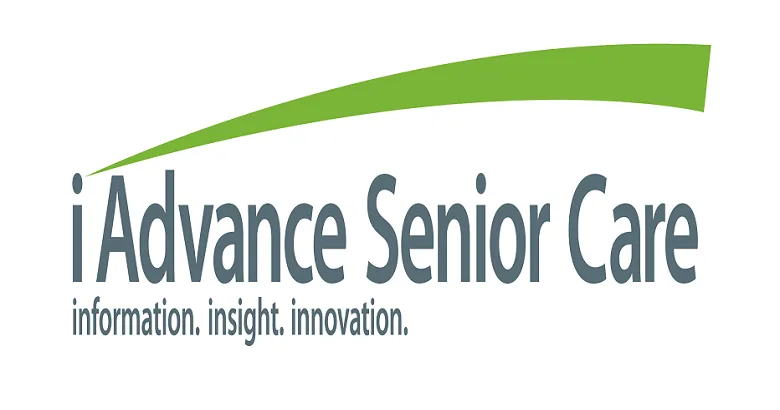Read full Article Here >>
Strategies to Source Additional PPE
Even with careful conservation, current PPE supplies will only go so far, and facilities will need to be resourceful in identifying supplies of new PPE. If facilities’ current suppliers are out of PPE, there are other resources available.
John Sganga, Senior Vice President of Alternate Site Programs at Premier, notes that Premier launched stockd. in 2019 to help connect providers like skilled nursing facilities with reliable and trustworthy suppliers of products, including PPE. “We understand that skilled nursing facilities (along with most providers other than hospitals) have faced tremendous hurdles in getting PPE stemming from their lack of purchasing history. We launched stockd. to ensure that alternate sites of care, like senior living facilities, had access to buying protections, fair pricing and the reputability of items without price gouging,” states Sganga.
Premier also helped to found The Exchange at Resilinc in response to this problem. The Exchange is an online platform that healthcare providers can use to trade supplies with other organizations. “Peer organizations on the Exchange are vetted, so organizations know they’re dealing with trusted partners and can avoid the risks of the grey market. Solutions like this help move product to hotspots with the greatest need,” notes Sganga.
Facilities can also visit Premier’s resource page for providers who are facing PPE shortages. This page includes links to guidance on PPE decontamination and optimization strategies, but it also includes valuable alternative production methodologies and guidance, like face shield 3D printing information and dimensions for isolation gowns. If facilities are considering reaching out to local manufacturers, these resources provide detailed guidance that can empower facilities in sourcing direct manufacturing.
With PPE still limited, facilities need to assume an active role in optimizing current supplies and in sourcing new supplies. Facilities may need to be creative and resourceful to keep their staff stocked with the equipment they need during this time.
Read the complete article from Paige Cerulli at i Advance Senior Care>>





